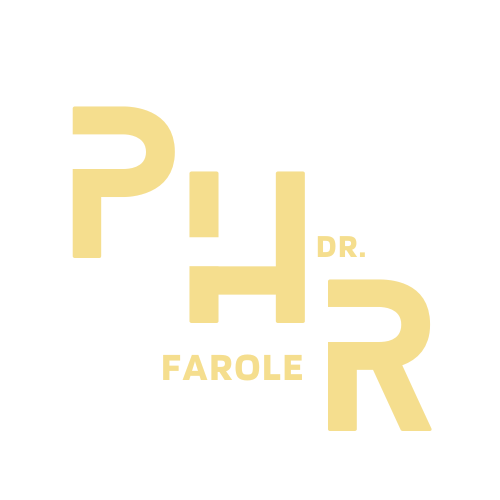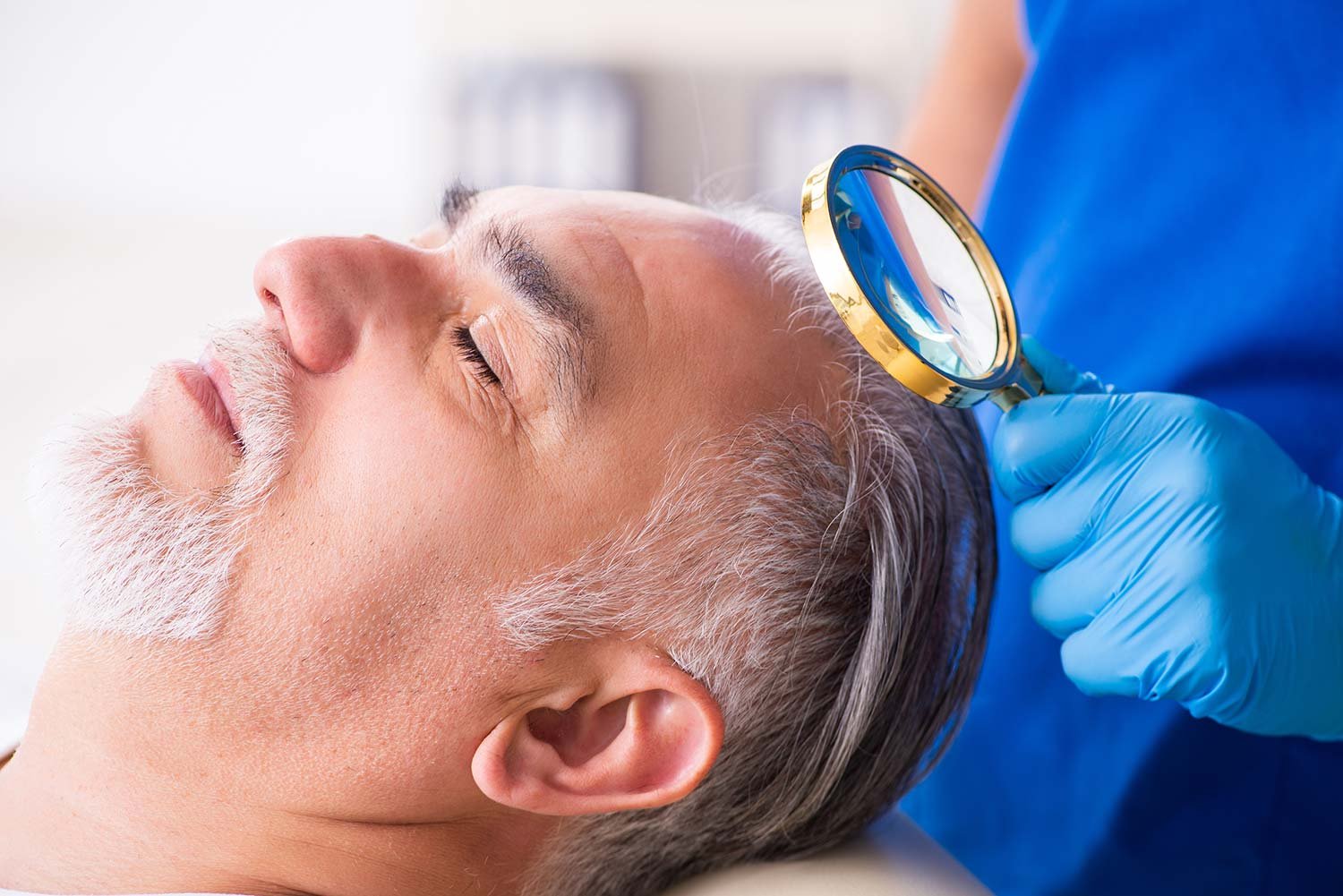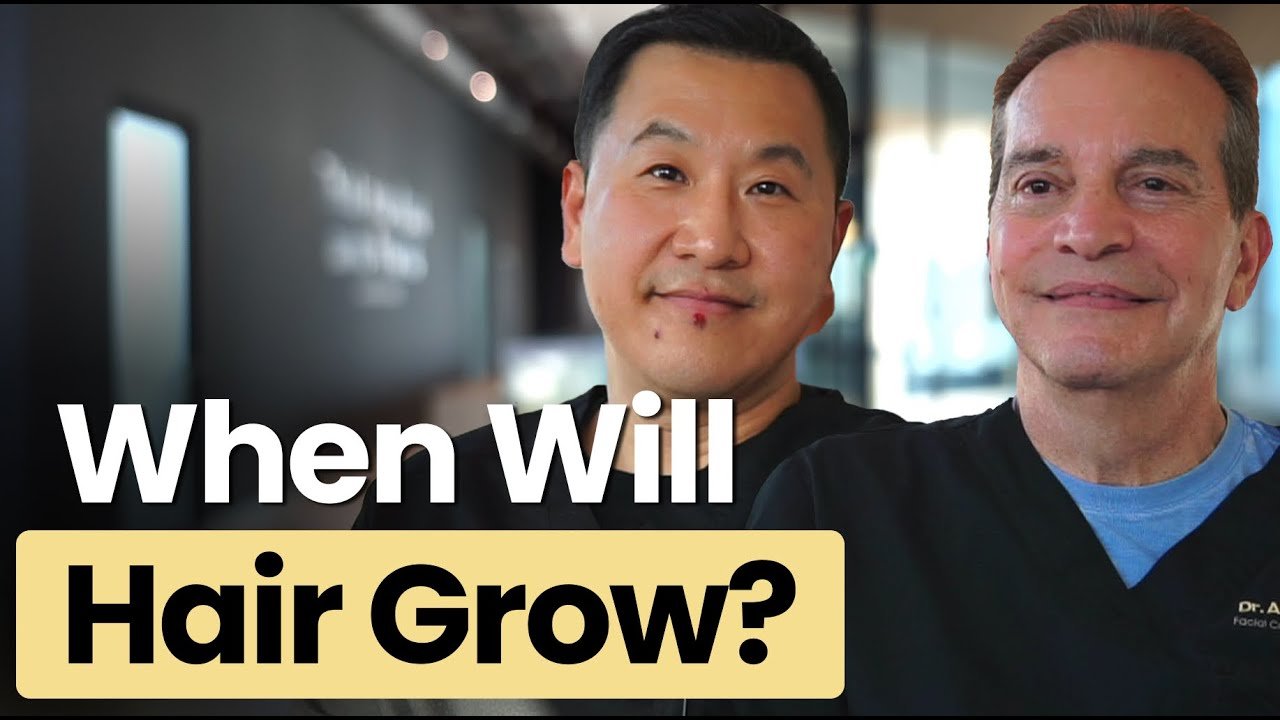Hair transplant patients often face uncertainty about when it’s safe to resume their regular grooming routines and wonder, “When can I use clippers after a hair transplant?” The immediate post-operative period is critical for the newly transplanted follicles to settle and become secure.
Generally, you can start using hair clippers around two weeks after hair transplants, ensuring you avoid the transplanted hair grafts to prevent any potential damage. This timeline allows the hair follicles to strengthen, contributing to the success of your hair transplantation.
Contact us at Philadelphia Hair Restoration today to learn more about when you can use clippers after a FUT, PRP, or FUE hair transplant surgery.
Post-Operative Care Immediately Following A Hair Transplant
Proper post-operative care is crucial to avoid a failed hair transplant. Protect the graft area by avoiding any contact, keep your head elevated to reduce swelling, and follow your surgeon’s instructions for medication and cleaning. Additionally, avoid smoking, alcohol, and direct sunlight to ensure optimal healing.
Refrain from strenuous activities and allow scabs to fall off naturally without picking at them. After a few days, many patients begin to resume light activities, consulting your surgeon for specific guidelines. Attend all follow-up appointments to monitor progress and address any concerns promptly.
Healing & Recovery Stages Post Hair Transplant: Haircut?Hair Cut Limitations
Knowing the healing and recovery stages after a hair transplant helps ensure the best results and informs you when it’s safe to get a haircut. During the initial recovery period, the newly transplanted follicles are delicate and require careful handling to prevent damage.
Here’s a detailed look at the timeline and what to expect regarding haircut limitations following hair transplant procedures.
First Two Weeks
The follicles are still settling in during the first two weeks after a hair transplant. To prevent disturbing the newly transplanted hair, it is crucial to protect the graft area and avoid using any hair-cutting tools, including clippers.
When the follicles are settled in, usually after two weeks, it’s safe to get your hair cut as long as you protect the graft area and have an improved hair length. Initial recovery involves redness and swelling, which typically subsides within this period.
One Month Post-Transplant
You can resume haircuts using scissors one month after the transplant. At this stage, the follicles are more secure and you shouldn’t notice hair loss. However, you should still avoid using clippers directly on the graft area as this can put too much pressure on the delicate transplanted follicles and potentially dislodge them, delaying or even hindering new hair growth. Gentle handling of the scalp is essential during this ongoing healing process to ensure the follicles are not disturbed and continue to grow healthily.
Three Months Post-Transplant
By the three-month mark, you will begin to notice new hair growth. The transplanted hair will start to blend with your natural hair, but it’s still advisable to be cautious with haircutting techniques. Clippers can be used on non-grafted areas, but continue to avoid the transplanted region to ensure the follicles are not disturbed and are allowed to establish themselves fully.
Six Months Post-Transplant
Six months after the hair transplant, your hair will have grown significantly, and the transplanted follicles will be well-established. You can start using clippers more freely, but always follow your surgeon’s advice to avoid any potential risks. Regular check-ins with your surgeon can provide personalized guidance based on your healing progress, ensuring the best long-term results.
Styling Limitations Immediately Following A Hair Transplant
After a hair transplant, there are specific styling limitations to follow. Two key things to avoid are hot irons and hair dyes. Using a hot iron can be too close to the scalp and may burn the follicles, while hair dyes can be toxic and irritating to the new follicles struggling to grow.
It’s recommended to avoid using hair colors for two months after the transplant. After three weeks, styling products like pomades or gels are safe to use, as they are generally not toxic to the scalp.
Precautions & After Care To Take During the Healing Process
During the healing process after a hair transplant, it’s essential to follow specific precautions and aftercare instructions. Keep your scalp clean by following your surgeon’s washing guidelines and avoid scratching or picking at scabs to prevent infection. Protect your scalp from direct sunlight by wearing a hat or using a high-SPF sunscreen.
Refrain from strenuous activities and smoking, as these can hinder healing and affect the success of the transplant. Staying hydrated and maintaining a healthy diet can also support the recovery process.
Communicate With Your Surgeon After The Procedure For Lasting Results
Effective communication with your surgeon helps achieve lasting results from your FUE, FUT, or PRP hair transplant. Schedule regular follow-up appointments to monitor your progress and address any concerns. Your surgeon can provide personalized advice based on your healing process and recommend any necessary adjustments to your care routine.
Don’t hesitate to reach out if you experience any unusual symptoms or have questions about your recovery. Consistent communication ensures you receive the best possible care and outcome.
Contact Philadelphia Hair Restoration To Schedule Your Hair Transplant Consultation Today
If you’re considering a hair transplant, our experienced team can guide you through the entire process, from the initial consultation to post-operative care. We can help you achieve the best possible results with personalized treatment plans tailored to your hair restoration needs.
Book an appointment for a hair transplant consultation at Philadelphia Hair Restoration today and experience the transformative benefits of a new head of hair.



